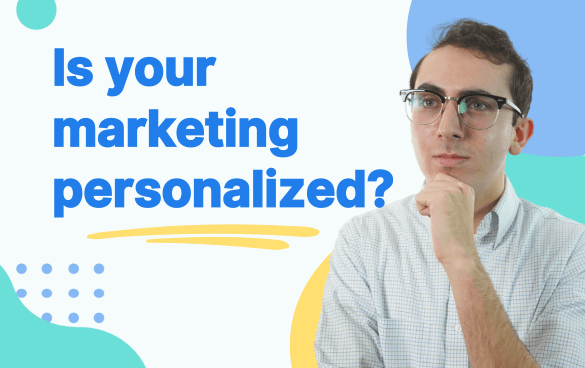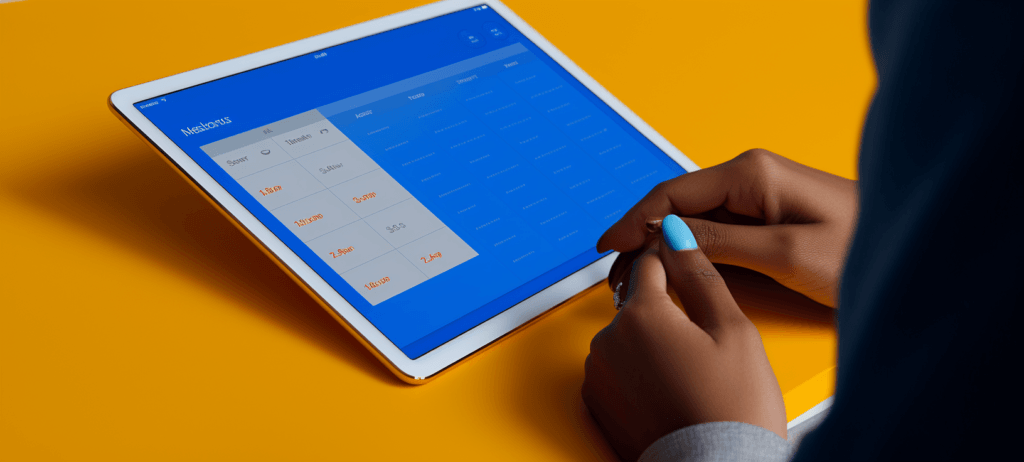- Home
- Blog
- Conversion Rate Optimization What Is Personalized Marketing?
What Is Personalized Marketing?
-
 Published: May 15, 2023
Published: May 15, 2023
-
 9 min. read
9 min. read
-
 Matthew Gibbons
Matthew Gibbons Lead Data & Tech Writer
Lead Data & Tech Writer
- Matthew is a marketing expert focusing on the SEO & martech spaces. He has written over 500 marketing guides and video scripts for the WebFX YouTube channel. When he’s not striving to put out some fresh blog posts and articles, he’s usually fueling his Tolkien obsession or working on miscellaneous creative projects.
What is personalized marketing?
Personalized marketing is a strategic approach that tailors messages and experiences to individual customers, resulting in more relevant and effective communication.
In this video, Patrick from our WebFX Internet Marketing team will explain the basics of personalized marketing. Keep reading to learn more!
Transcript:
One survey showed that more than 60% of online shoppers would cut their loyalty to a brand if that brand provided unpersonalized content. Is your business making the cut?
Now, maybe you think that number seems crazy, and, sure, you can argue it comes from just one survey. But I’ll pose this scenario.
Imagine you belong to two loyalty programs at two different record stores. One sends you weekly updates on all the new music they have in stock. Nothing wrong with that at all. However, the other store lets you opt-in to recommendations based on your purchase history or from a survey of your favorite genres. Which one would you be most excited about?
I know I’d look forward to the personalized recommendations. It just feels more special, like someone went out of their way to make it just for you — even if they’re using an automation tool to do the hard work.
Let me explain more about the basics of personalization, how you can use it to forge new relationships, and how you can gather the data to power your strategy.
We foster and form long-term partnerships so that your business has long-term results.
Over 90% of WebFX clients continue partnering with us into year 2 of their campaign.
Hear from Our Happy Customers

What is personalized marketing?
Personalized marketing is marketing that uses data about your audience to create unique experiences for everyone that interacts with it.
For example, if you have data about someone’s shopping preferences, you could send them a marketing email that advertises the exact products they’ve shown interest in.
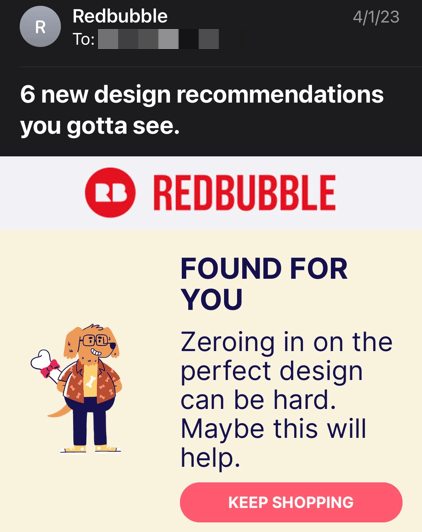
Or, maybe someone downloaded a guide from your website on a certain topic, and you send them follow-up emails with related content suggestions. Whatever you choose for your business, the key is to match your marketing with what your audience wants.
There are two types of data available to use for personalized marketing. There’s third party data, and first party data. Third party data comes from third party data providers such as Google Ads, LinkedIn, or Facebook. First party data comes from your internal systems that collect user data, such as your customer relationship management software (CRM) or email marketing platform.
While third-party data can get you started with personalized marketing, first-party data will always be more valuable. Third-party data consists of users that may or may not be interested in your business. First-party data is collected BECAUSE people cared about your business enough to visit your website, download your content, sign up for your emails, or contact you.
And as third-party data collection becomes limited due to new privacy standards, the data your organization collects will become more and more important.
Not to mention, using third-party data means you’re using the same data as everyone else — including your competitors. Since only you have access to your first-party data, using it automatically gives you a competitive advantage.
Why should you use marketing personalization?
In email marketing alone, personalization increases the average conversion rate by 10%. Why is that? Well, as I mentioned at the beginning of this video, people really like it when marketing feels customized just for them.
Since people are more likely to engage positively with your personalized marketing campaigns, that means marketing and advertising personalization can help you drive more sales and earn more revenue. Marketers even say that personalization can drive up revenue by as much as 15%.
By now, you’re probably wondering how you can personalize your campaigns. Coming up, you’ll learn four great ways you can create personalized campaigns.
4 personalized marketing tactics
1. Personalizing based on people’s names
The easiest way to personalize your marketing is to use people’s names. Especially in emails, it’s really simple to have them autofill the name of each person they go to.
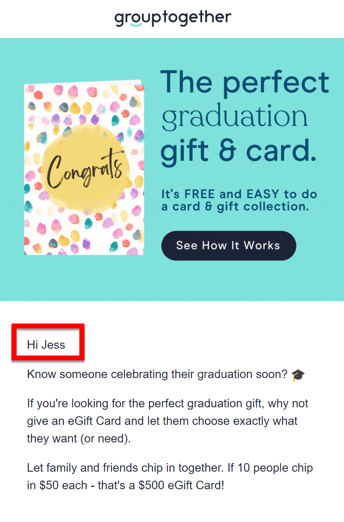
It’s not much, but it works — using someone’s name in the subject line of an email can increase the open rate by 26%.
And when paired with other marketing personalization tactics, a name can go even further.
2. Personalizing based on people’s locations
Another tactic is to customize based on people’s location. Maybe you use a personalization tool to dynamically update the header on your website to match a site visitor’s location.
Maybe your ad campaigns use different imagery for each location you want to reach.
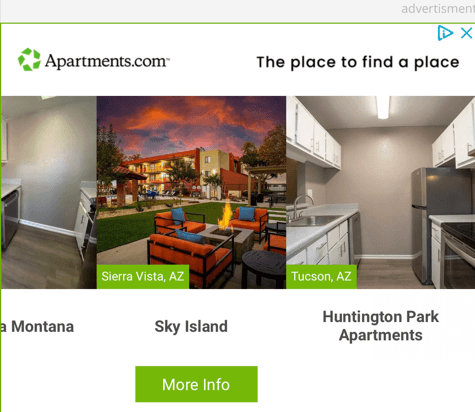
Location can be a great factor in your personalization efforts.
3. Personalizing based on people’s browsing or purchase history
One of the best ways to personalize your marketing is by using behavioral data. That’s data about what people do online, especially on your website. Which pages did they visit? Which products or services did they seem interested in? What did they seem to like or dislike?
You’ve probably seen this done before — did you ever go to Amazon and see their list of “recommended for you” products? That’s personalization at work.
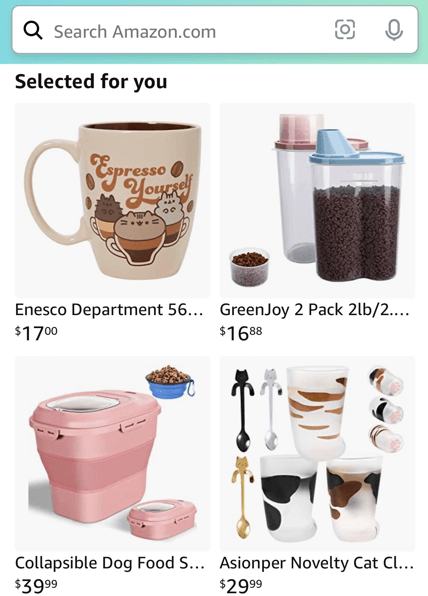
It’s effective because when your marketing taps directly into people’s interests and preferences, they’re way more likely to respond positively to it.
Of course, make sure the type of personalization you’re doing matches the messaging you’re using.
4. Personalizing based on firmographic data
A fourth way to personalize your marketing is with firmographic data — which contains information about the company someone works for, including the industry and company size.
For example, if you offer financial consulting services and you send promotional emails to a list of construction companies, they’ll probably respond better if the email is personalized for the construction industry rather than just being a generic advertisement.
Now that we’ve looked at some ways of creating personalized marketing and advertising campaigns, let’s talk about how it works.
3 big steps to personalize your marketing
1. Gather customer data
If you want to run a personalized marketing campaign, the first thing you gotta do is gather, store, and organize customer data. Again, customer data is how you learn about your audience, so you’ll need it to customize your marketing. So, how do you get customer data?
Well, there are a few ways. One method is to use an analytics tool to track user activity on your website.
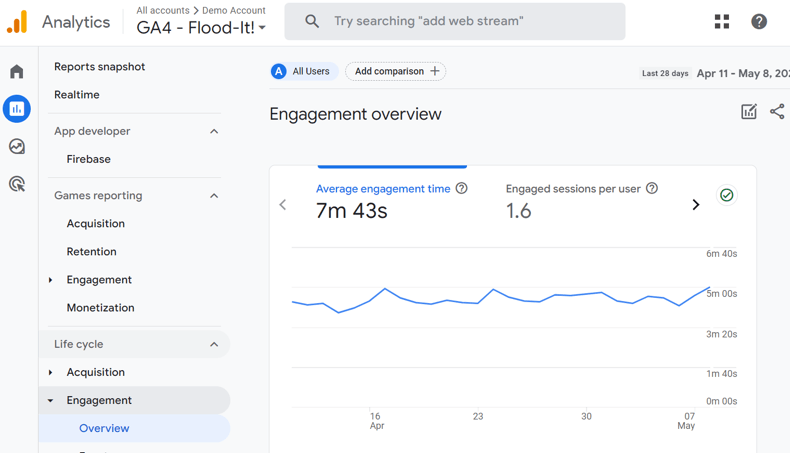
You can learn a lot about the user journey and their preferences and interests by what they do across your pages.
You can set up forms on your website where users can sign up for your emails, download gated content, or get a free trial in return for a bit of basic personal info.
You can track customer data from a loyalty program that rewards repeat customers.
Even if you don’t have a loyalty program, you surely have information about people who have previously made purchases with you. Just make sure people know how you plan to use the data you gather from them when they provide it to you.
You can organize all of the information you have about your existing customers and prospective customers via a customer relationship management tool (CRM), and start putting it to work.
2. Organize and analyze your data
Once you have the data you need, you have to make sense of it. The best way to do that is to use a customer data platform (CDP). A CDP can unify all of the data you have from your marketing efforts and your tools to create fleshed-out customer profiles with plenty of data points to use for personalization.
Now, setting up a CDP can be a very complex, expensive, and technically challenging process if you don’t have experience with marketing technology. There are people whose entire job is to connect and manage marketing data.
I mean, you have to figure out which tools you need, invest in all of them, get them communicating with each other, and continuously analyze and review the data that’s getting passed along. It can be a lot. You may want to partner with a team that has experience with all this. Maybe even one with its own platform that’s proven to accelerate your marketing performance. (Hint: It’s WebFX).
Let me quickly share an example of how a CDP works. Say someone contacts you via a form on your website, and their info gets routed to your CRM.
Another tool you have identifies the industry they work in. And an analytics tool tells you they’ve visited seven different pages on your site before contacting you, all related to one specific service you offer. The CDP will connect the information from all of those tools to paint a complete picture of who that person is and what content will be most relevant to them.
When you have your data pulled together, it’s time to build your campaigns.
3. Build personalized campaigns based on your insights
The last step in the marketing personalization process is to simply start building your campaigns. Again, you have to make sure your data is connected and going to the right places in order to use it for personalization, and match your messaging to the people you’re trying to reach.
So, if you don’t have the time or experience to build these technical campaigns, partner with an expert who can take the insights you got from your data analytics and create campaigns that target specific people and groups.
Don’t miss our Marketing Manager Insider emails!
Join 200,000 smart marketers and get the month’s hottest marketing news and insights delivered straight to your inbox!
Enter your email below:
Inline Subscription Form – CTA 72
“*” indicates required fields
(Don’t worry, we’ll never share your information!)
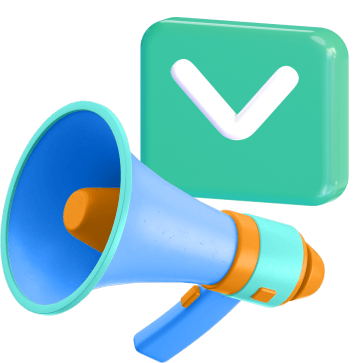
Learn more about personalized marketing from WebFX
Well, that about does it for this video. If you’ve still got questions about personalized marketing — or marketing in general — just subscribe to our YouTube channel or our email newsletter. We regularly put out new and helpful marketing info in both of those places.
Plus, if you want help with your marketing personalization, we offer some top-tier marketing and advertising services. Just give us a call to talk about partnering with us.
That’s all for now. Thanks for watching, and I’ll see ya next time!
-
 Matthew is a marketing expert focusing on the SEO & martech spaces. He has written over 500 marketing guides and video scripts for the WebFX YouTube channel. When he’s not striving to put out some fresh blog posts and articles, he’s usually fueling his Tolkien obsession or working on miscellaneous creative projects.
Matthew is a marketing expert focusing on the SEO & martech spaces. He has written over 500 marketing guides and video scripts for the WebFX YouTube channel. When he’s not striving to put out some fresh blog posts and articles, he’s usually fueling his Tolkien obsession or working on miscellaneous creative projects. -

WebFX is a full-service marketing agency with 1,100+ client reviews and a 4.9-star rating on Clutch! Find out how our expert team and revenue-accelerating tech can drive results for you! Learn more
Try our free Marketing Calculator
Craft a tailored online marketing strategy! Utilize our free Internet marketing calculator for a custom plan based on your location, reach, timeframe, and budget.
Plan Your Marketing Budget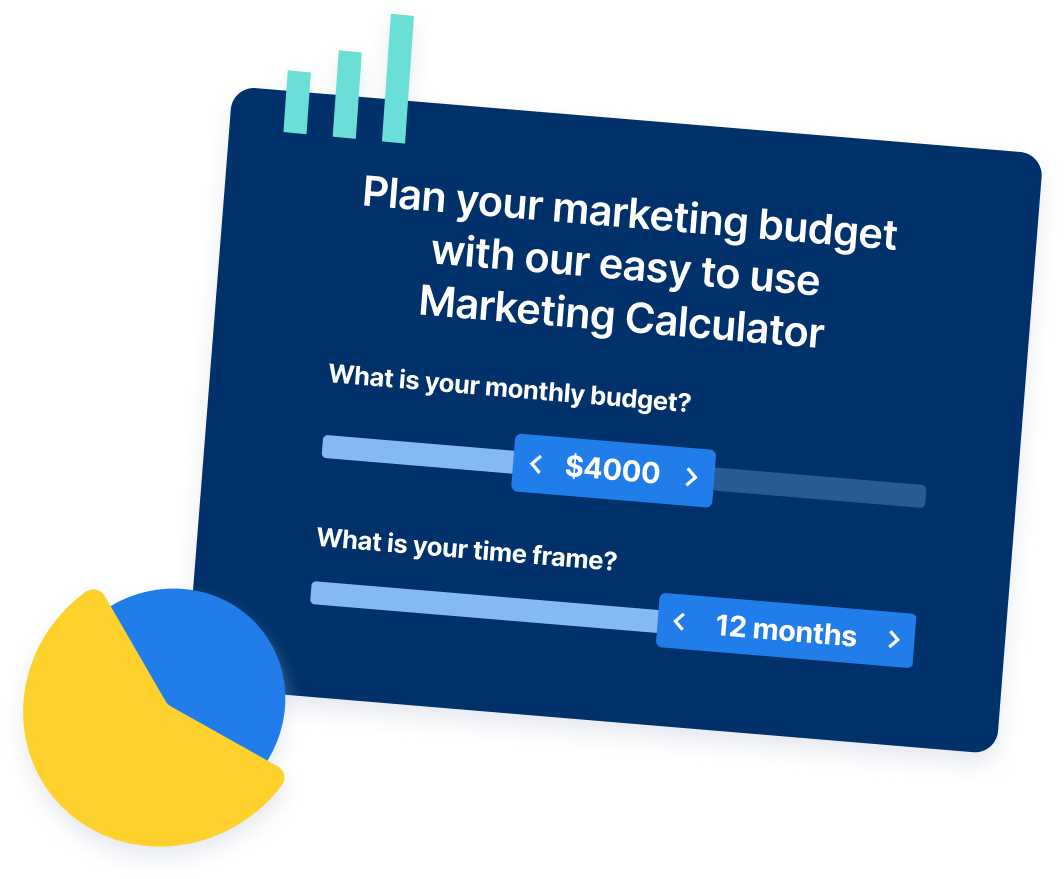

Looking for More?
Get expert ideas, industry updates, case studies, and more straight to your inbox to help you level up and get ahead.
"*" indicates required fields
Try our free Marketing Calculator
Craft a tailored online marketing strategy! Utilize our free Internet marketing calculator for a custom plan based on your location, reach, timeframe, and budget.
Plan Your Marketing Budget

